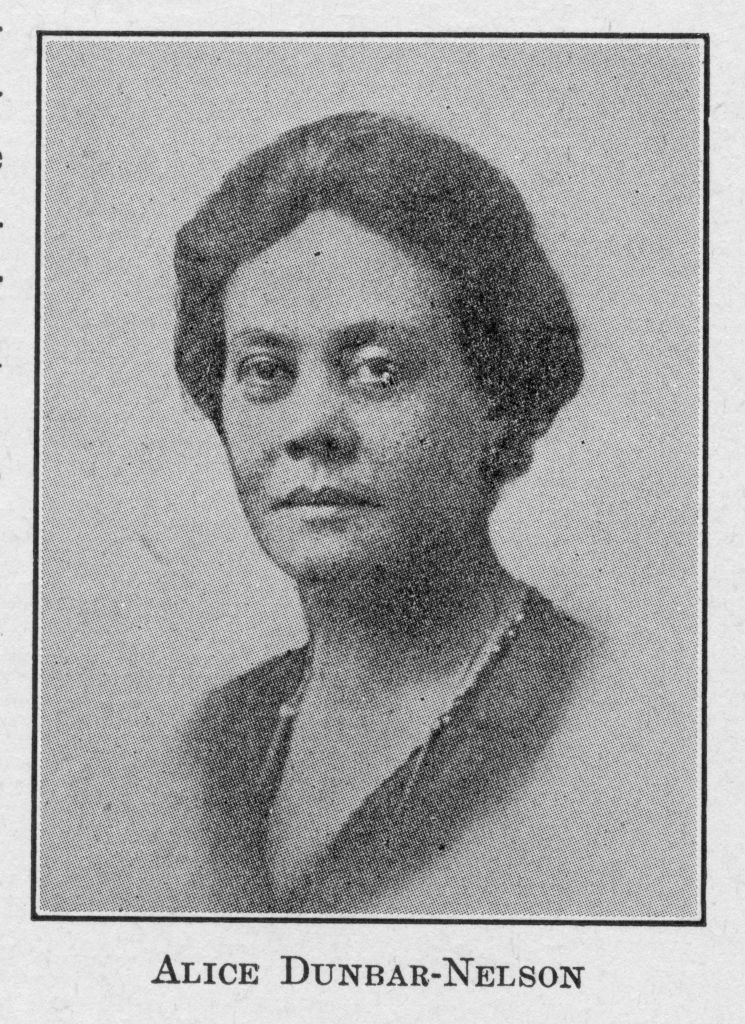
Source: Interim Archives / Getty
The Icons is a four-part series through which we will explore the little-known stories of LGBTQ Black History icons.
Alice Dunbar-Nelson was a teacher, poet, and civil rights activist. While many know her as the wife of poet and playwright Paul Laurence Dunbar, her impressive and extensive resume holds up on its own.
She was born Alice Ruth Moore in New Orleans, La. on July 19, 1875. She was the daughter of a formerly enslaved woman, Patsy Wright Moore, and an unknown white man. She would defy odds and go on to become part of the one percent of first-generation free African-Americans to receive a college degree, according to The Smithsonian. She graduated from Straight College and began teaching elementary school at just 17 years old.
As her dual careers in education and professional writing blossomed, she began writing letters to Paul Laurence Dunbar after encountering and reading his work. Just a couple of years later, in 1898, the two were married.
Dunbar-Nelson’s first published work, Violets and Other Tales, offered a glimpse into Creole life as well as the experiences of Black women living in the 1890s. The work was a mixture of both poetry and vignettes.
The couple’s marriage began to deteriorate around 1900, which is also around the time that Paul was diagnosed with tuberculosis. The famed author was prescribed whiskey to deal with the painful symptoms brought on by his illness. Sadly, one of the side effects was an alcohol-induced rage, which often resulted in him physically and emotionally abusing his wife. In 1902, after Paul nearly killed her, the two formally separated. He died four years later at age 33.
Her literary accomplishments continued to compile after her estranged husband’s passing. “Stones of the Village” and “Little Miss Sophie” were two of her most-read short stories. She would go on to marry fellow teacher Henry Arthus Callis; however, their union was short-lived. As her literary work began to increase in popularity, her involvement in various activist movements also grew. In addition to playing a role in the Women’s Suffrage Movement of 1910, she also became a voice for Black people on the subjects of lynchings, healthcare, education, and the Jim Crow Laws. Through her activist work, she met and fell in love with her second husband, poet, and civil rights activist Robert J. Nelson. It was also during this time that she began to expand her writing genre into journalism. Some of her notable pieces include “Negro Women in War Work” and “Politics in Delaware.”
In addition to her published work, Alice also kept diaries. These diaries detailed her love affairs with women — despite her marriages to men. According to Timeline, Alice’s lovers included Edwina B. Kruse, the principal of one of the schools where she taught, journalist Fay Jackson, and artist Helene London. There have also been claims that perhaps the abuse she dealt with at the hands of her late husband, Paul, was due to jealousy over her relations with women, as some encounters took place during her marriage.
Though she never declared her sexual identity in her journals, their very existence “reveals the existence of an active Black Bisexual network among prominent ‘club women’ who had husbands but managed to enjoy Lesbian liaisons as well as a camaraderie with one another over their shared secrets,” says historian Lillian Faderman.









